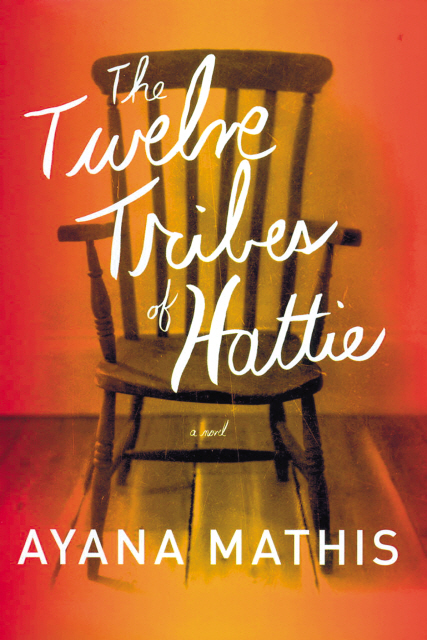
By Ayana Mathis
(Knopf)
In “The Twelve Tribes of Hattie,” first-time author Ayana Mathis walks upon some of the richest thematic terrain America’s history can offer a novelist.
Her protagonist, Hattie Shepherd, arrives in Philadelphia from Georgia in the mid-1920s, one of a legion of travelers in the great migration, that movement of African-Americans from the Jim Crow South to the promise and relative freedom of the North.
The great migration gave us the Harlem Renaissance and too many great American writers to list here. It ended in the middle of the last century but has never lost its influence on the American imagination. Toni Morrison tapped into that collective experience to write one of the best American novels of the 20th century, “Song of Solomon.”
“Song of Solomon” was the second book Oprah Winfrey chose for the wildly influential book club she started in 1996. This month the recently relaunched “Oprah’s Book Club 2.0” chose as its second selection another book of fiction published by Knopf: “The Twelve Tribes of Hattie.”
Thanks to Oprah, Mathis is now the beneficiary of the book world’s most precious and rare commodity: buzz. Thousands of people will soon buy a copy of “The Twelve Tribes of Hattie.” Those who read expecting to discover a great work of narrative art, however, are going to be disappointed. “The Twelve Tribes of Hattie” is a competently written melodrama that only intermittently achieves anything resembling literary excellence.
Mathis is a graduate of the famous Iowa Writers’ Workshop, and her work is not lacking in ambition. It begins in 1925, with teenage Hattie’s arrival in Philadelphia. An illness has beset her two infant children. They have names that sound beautiful and hopeful to her Southern ear: Philadelphia and Jubilee. And they are dying.
With a series of interlinked short stories, Mathis brings the narrative of Hattie’s progeny all the way up to the 1980s. We see her children grow up, and Hattie herself suffer into an embittered middle age.
Hattie’s own emotional struggles as a mother of eight are given the stark, superficial treatment of your average afternoon talk show. Poor Hattie is pummeled again and again by fate and injustice. Her life as a character in this book is defined almost entirely by the fact that she bears children ― again and again.
Nothing, it seems, is able to liberate the characters in “The Twelve Tribes of Hattie” from the melodramatic prison in which Mathis has placed them.
As the year 1968 arrives, we find Hattie’s affluent, now-adult daughter caught in a kind of Victorian-era drawing-room drama with the hired help, without a hint of the seismic shifts in attitudes that are sweeping through the country.
In the end, “The Twelve Tribes of Hattie” is a callow work by a writer of still unpolished talents. Our great novelists give us fully rounded characters whose lives reflect the limitations, the possibilities and the wonder of the times in which they live. Mathis gives us a one-dimensional portrait of their suffering ― and little else.
(MCT)
-
Articles by Korea Herald











![[Bridge to Africa] S. Korea-to-Zimbabwe value chains can foster ‘win-win’ cooperation](http://res.heraldm.com/phpwas/restmb_idxmake.php?idx=644&simg=/content/image/2024/05/14/20240514050881_0.jpg&u=20240515223025)







